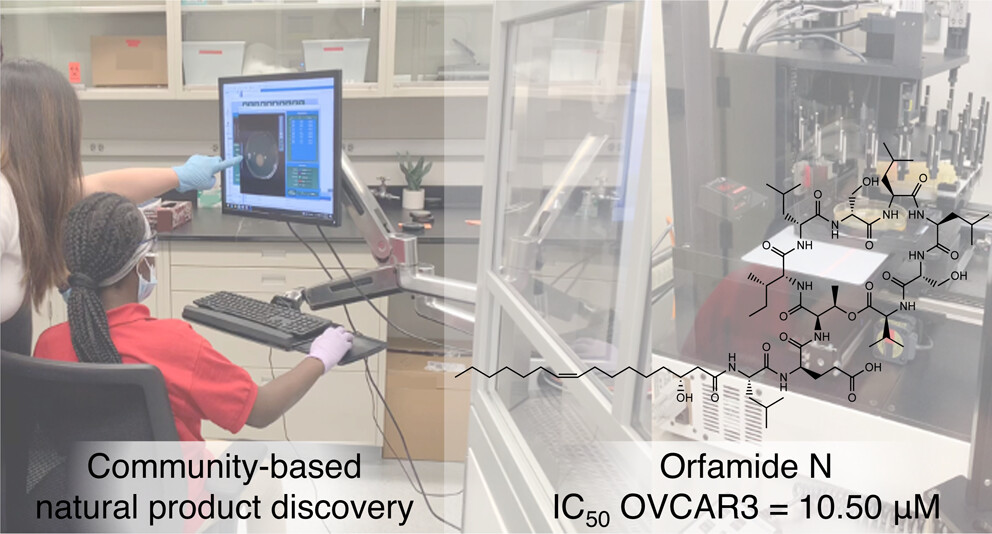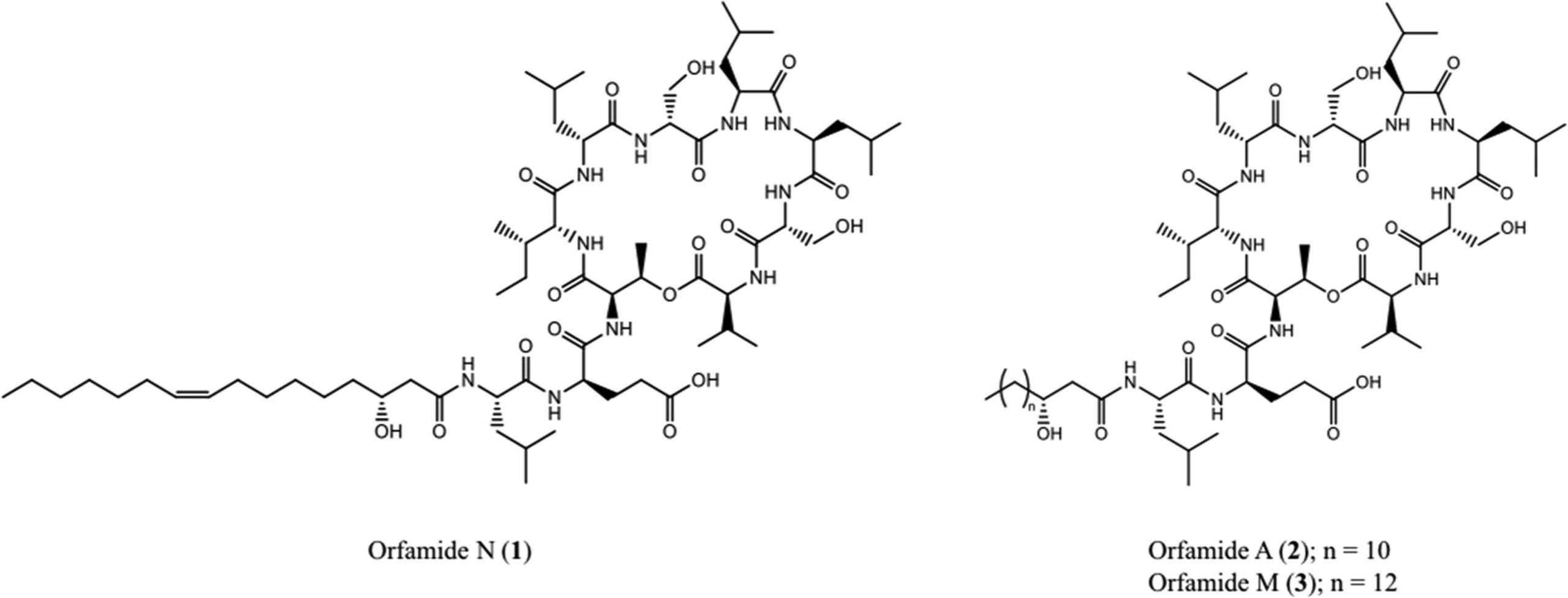
An educational and scientific collaboration between Chicago youth clubs (BGCC) and a research laboratory at a local university led to the discovery of an antibiotic substance secreted by the bacterium Pseudomonas idahoensis. The new compound has been named Orfamide N, and it was found to exhibit antibiotic activity against Staphylococcus aureus, as well as inhibit the growth of cancer cells.
Advertisement

ACS Omega 2024, 9, 44, 44749-44759
To engage high school students in the sciences, a 14-week program was developed in Chicago during which teenagers explore different scientific topics and gain hands-on research experience. As part of this program, the Chicago Antibiotic Discovery Lab project was established to engage adolescents from the Boys and Girls Clubs of Chicago (BGCC) with the work being done at the laboratory of Brian Murphy at the University of Illinois—a lab that studies antibiotics and other metabolites (by-products of cellular biological activity) secreted by bacteria.
Microorganisms secrete antibiotic compounds, which are substances that inhibit or kill other microorganisms, to preserve their habitat and contend with competition.
The participating students collected 14 samples from their immediate surroundings in an effort to search for antibiotic-producing bacteria. The samples were taken to the laboratory, where 1,195 bacterial isolates were obtained. All the isolates were tested to determine their ability to inhibit the growth of Staphylococcus aureus.
One bacterium, originating from a sample collected from a dropping of geese at the local Garfield Park, inhibited the growth of S. aureus on a Petri dish by approximately 90%. Whole-genome sequencing revealed that it was a bacterium of the species Pseudomonas idahoensis. The bacterium was cultured in the laboratory, and using chemical methods, the antibiotic compound secreted by the bacteria was isolated. Its chemical structure was investigated, and due to its resemblance to a known group of compounds called orfamides, it was named Orfamide N.
Orfamide N is a cyclic peptide composed of ten amino acids (some of which are non-standard), to which a lipid (fatty) tail is attached.

Left: Orfamide N. Right: The basic structure of orfamides. At least six such compounds are known, differing in the length and structure of their lipid chains. (ACS Omega 2024, 9, 44, 44749–44759)
Since various orfamides exhibit anti-cancer properties, the group investigated whether, in addition to its antibacterial activity, the new peptide also possesses anti-cancer activity. The peptide indeed inhibited the growth of cancer cells in culture; however, its effect on normal cells was not examined, so its potential for treating such diseases remains unknown.
This is an excellent example of the importance of involving youth in research. Exposure to and participation in research will undoubtedly encourage some of them to pursue further studies in the sciences—and they will become the scientists of tomorrow.
Hebrew editing: Smadar Raban
English editing: Elee Shimshoni
References:








